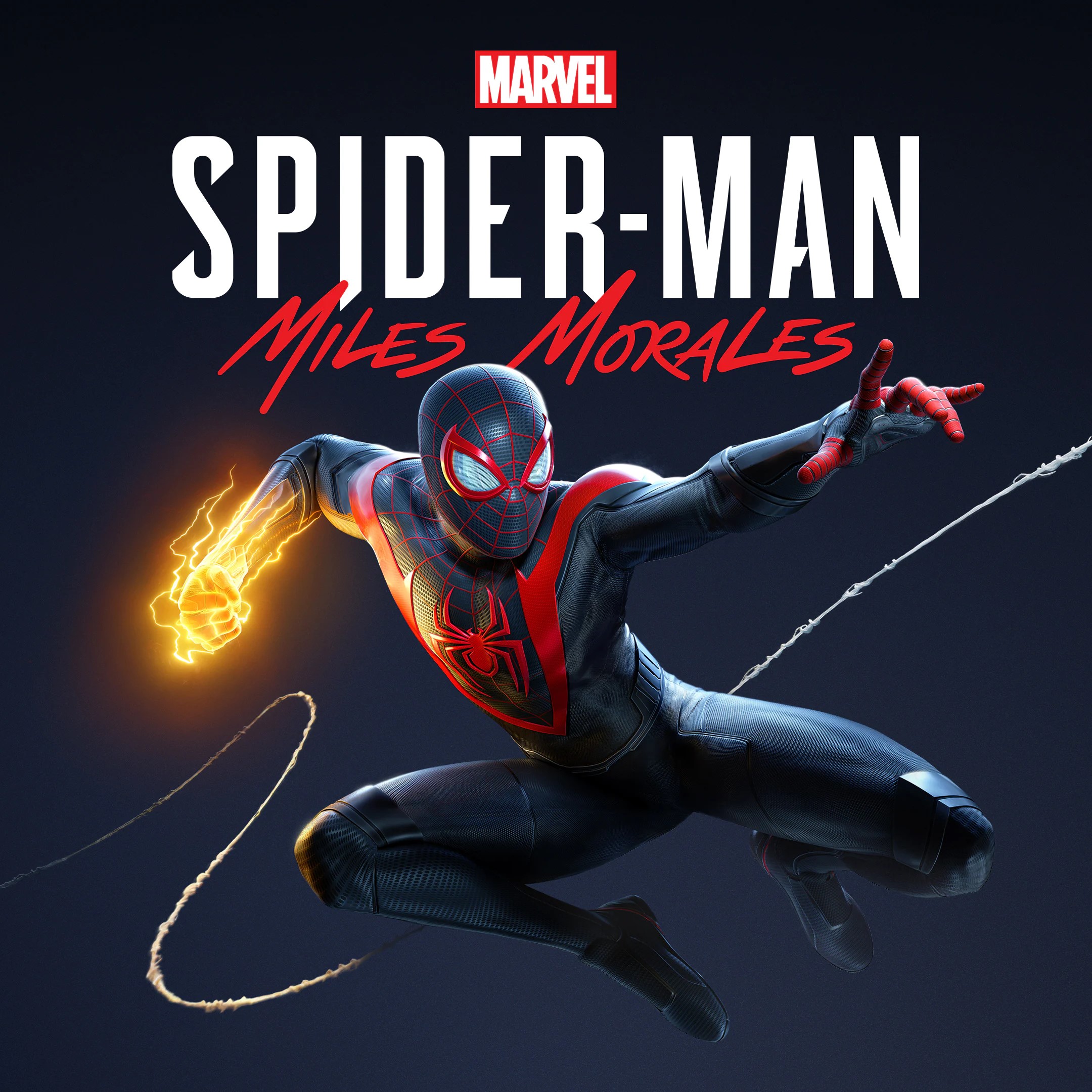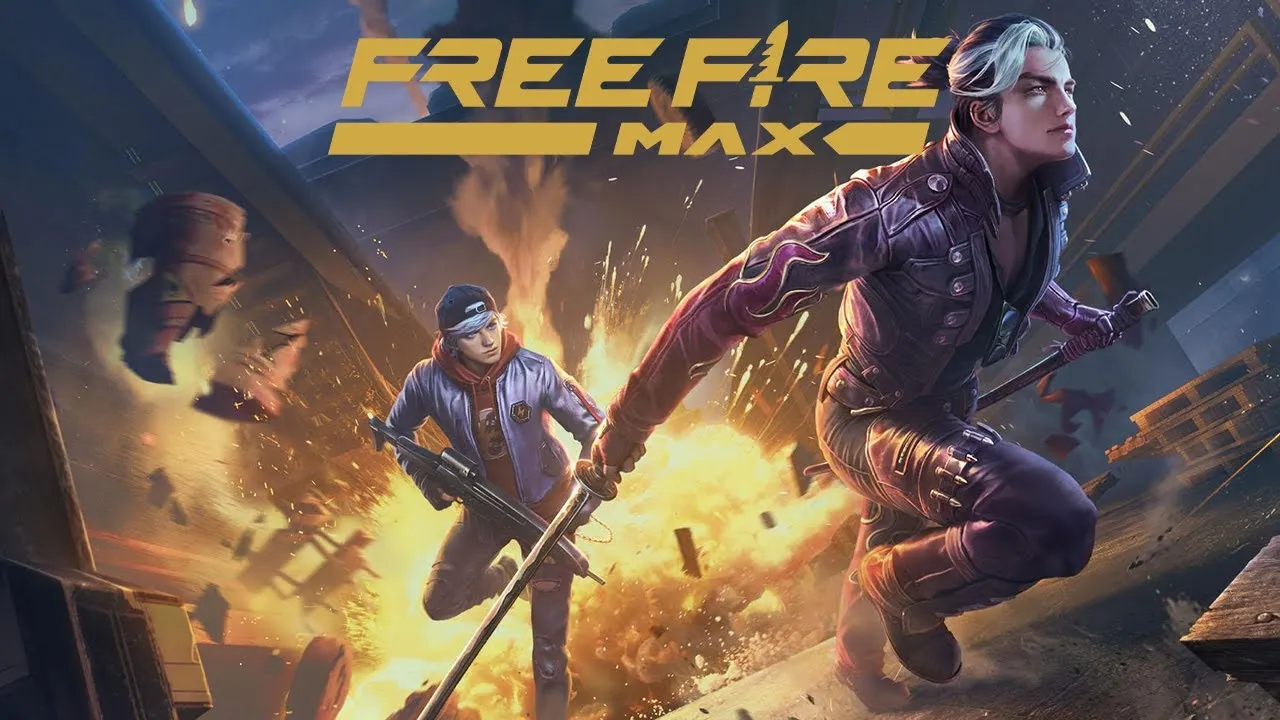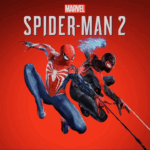Spider-Man: Miles Morales is a standalone action-adventure title developed by Insomniac Games and published by Sony Interactive Entertainment. Released in late 2020 as both a launch title for the PlayStation 5 and an addition to the PS4 library, the game builds on the highly praised Marvel’s Spider-Man (2018). This time, players step into the shoes of Miles Morales, a young hero with powers that go beyond those of Peter Parker, as he protects New York during a high-stakes winter.
With gorgeous visuals, tight gameplay, and a heartwarming story centered around identity and community, Spider-Man: Miles Morales strikes a powerful chord. In this detailed review, we’ll walk through the game’s narrative, gameplay mechanics, open world, visuals, sound design, technical innovations, and overall reception — along with a detailed list of pros, cons, and an expert rating.
1. The Origin of a New Hero
A Different Spider-Man Story
Spider-Man: Miles Morales follows the story of a teenage Miles adjusting to his new powers under the mentorship of Peter Parker. When Peter leaves New York for a short trip, Miles is left as the city's sole protector, facing an emerging threat from the hi-tech criminal group known as the Underground.
Themes of Growth and Identity
This installment focuses on personal growth, the weight of responsibility, and finding one's voice. Miles’ journey is not just about saving the city but also learning what it means to be his own version of Spider-Man, especially in a world where he’s constantly compared to Peter.
2. Gameplay Mechanics and Combat Fluidity
Core Combat Inspired by the Original
The combat system builds upon the mechanics introduced in Marvel’s Spider-Man, with fluid combos, gadget use, and acrobatic dodging. However, Miles brings his own flair, with more expressive movements and a rhythm that feels unique.
New Abilities: Venom Powers and Camouflage
Miles' signature powers—Venom abilities (bioelectric attacks) and invisibility—introduce a new layer of strategy and excitement. Whether you're smashing enemies with Venom Punch or stealthily taking down foes while invisible, these powers differentiate him meaningfully from Peter Parker.
3. Movement and Traversal Across New York
Web-Swinging Redefined
Swinging across snowy Manhattan feels smoother and more dynamic than ever. Miles’ swinging animations are distinct—more freestyle, youthful, and full of personality.
New Traversal Abilities
With aerial tricks, wall launches, and quick zip-to-points, traveling from Harlem to the Financial District is both fluid and thrilling. The haptic feedback on the PS5 controller also enhances the immersion.
4. Story Progression and Narrative Design
A Focused Yet Emotional Storyline
The story of Miles Morales is shorter than the original game, but it’s tightly woven and emotionally resonant. Players form deep connections with characters like Rio Morales (Miles' mother), Ganke Lee (his best friend), and even the antagonist, who carries layers of complexity.
Pacing and Mission Variety
The main campaign offers a strong balance of action, stealth, and narrative-driven moments. Side missions are now more meaningful, often connecting to the community Miles is fighting to protect.
5. Visuals and Art Direction
Next-Gen Graphics and Ray Tracing
On the PS5, the game is a visual showcase with real-time ray tracing, 60 FPS performance mode, and ultra-detailed textures. Snow blankets the streets, light reflects off buildings, and the world feels more alive than ever.
Character Models and Animations
Facial animations are impressive, particularly during cutscenes. Miles' expressive face, subtle gestures, and unique animations highlight the level of polish Insomniac brings to the table.
6. Sound Design and Original Score
Immersive Soundscapes of New York
Whether it's sirens echoing in the distance or the subtle crunch of snow under Miles' feet, sound plays a vital role in building atmosphere. The city feels alive even without visual cues.
A Soundtrack That Reflects Identity
The soundtrack, blending hip-hop and orchestral elements, perfectly captures Miles' culture and personality. Tracks by artists like Jaden Smith enhance emotional moments and major set-pieces.
7. Side Content and Collectibles
Meaningful Side Missions
Unlike many open-world games, side missions in Miles Morales rarely feel like filler. They often reveal deeper layers of the story or highlight Miles' bond with his community.
Collectibles With Lore
From time capsules to sound samples and postcards, collectibles in Miles Morales enrich the story. Each item ties back to Miles’ past or relationships, adding emotional weight.
8. Suit Designs and Customization
A Diverse Wardrobe
There are over a dozen unlockable suits, each with unique designs and sometimes unique abilities. Notable fan favorites include:
-
The Into the Spider-Verse suit with comic-style animation
-
The Bodega Cat Suit featuring Spider-Cat as a companion
-
The classic 2020 suit with LED styling
Suit Mods and Gadgets
Each suit can be paired with mods that enhance stealth, melee, or traversal. Gadgets like gravity wells and electric mines also provide gameplay variety.
9. Technical Performance and Platform Experience
PS5 vs PS4 Comparison
While PS4 players can enjoy the game with slightly longer load times and reduced visual fidelity, the PS5 experience is superior—instant loading, ray tracing, haptic triggers, and improved lighting effects create unmatched immersion.
Stability and Bug
At launch, the game was well-optimized with minimal bugs. Insomniac's post-launch support ensured any issues were promptly addressed through updates.
Conclusion
Spider-Man: Miles Morales is a shining example of how a shorter, standalone title can deliver just as much emotional impact and gameplay satisfaction as a full-length game. With its charismatic lead, stunning visuals, heartfelt story, and exhilarating gameplay mechanics, it successfully bridges the gap between Marvel’s Spider-Man and what’s to come in the franchise’s future.





























